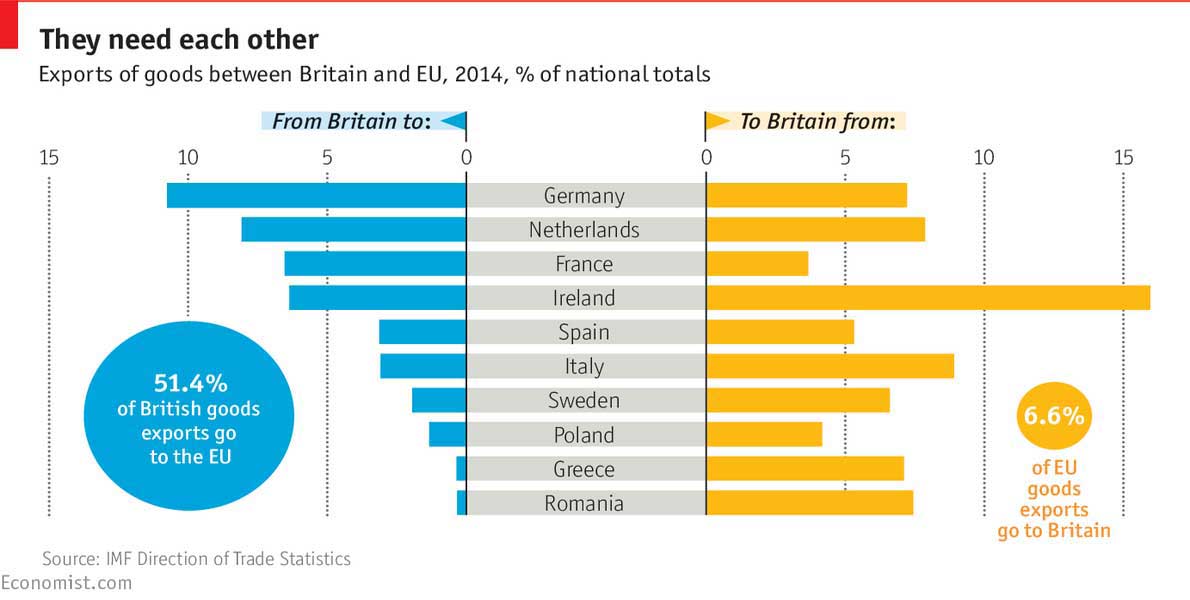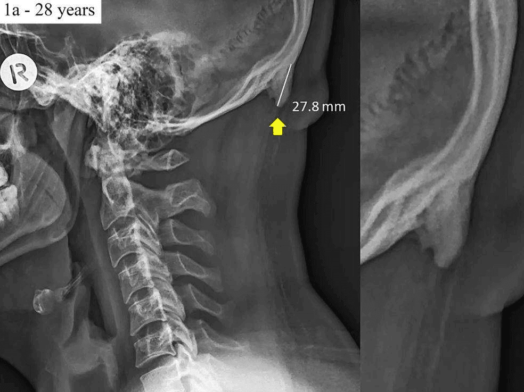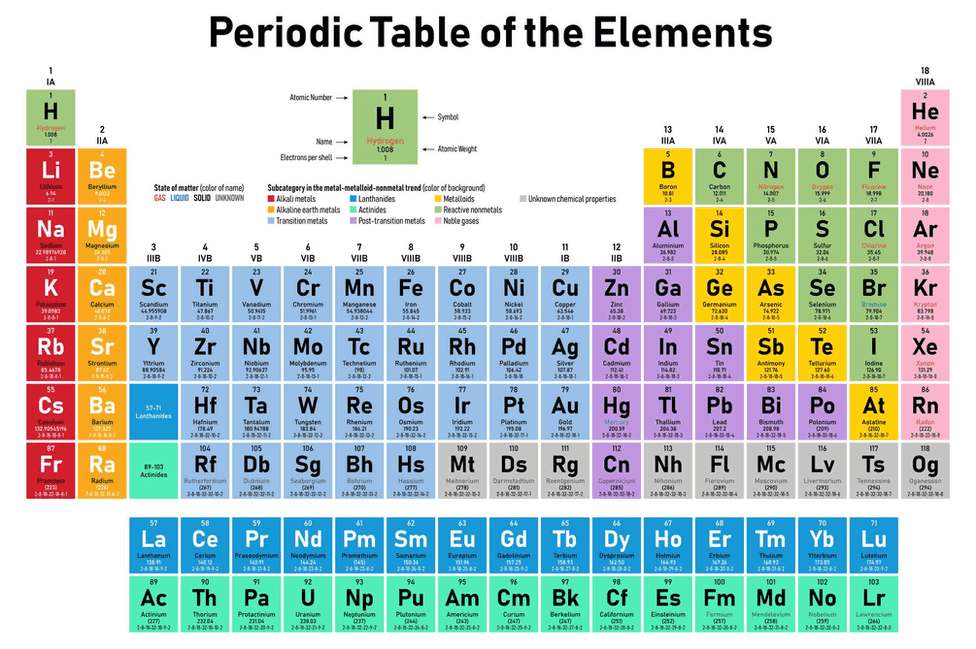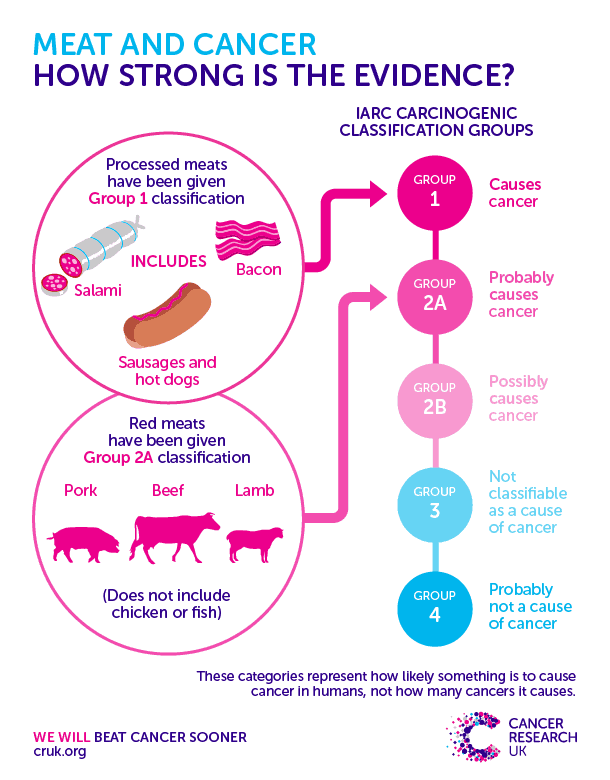Great Britain’s decision to leave the European Union came as a surprise to many. In February of 2016 The Economist wrote an article, illustrated with easy-to-read infographics, explaining the background to this historic decision.
The section of Britain‘s population who voted to leave were concerned by such issues as the ability to negotiate British trade agreements free of EU rules and regulations. They also wanted to keep the money Britain was paying into the EU for British use instead.
The section of Britain’s population who voted to leave were concerned by such issues as the ability to negotiate British trade agreements free of EU rules and regulations. They also wanted to keep the money Britain was paying into the EU for British use instead. Other concerns were the ability to set British employment law and health and safety regulations without oversight from the EU; and the ability to decrease immigration to Great Britain as well. They also considered that British political influence would be greater were it separate from the EU.
“Confused about Brexit? Here’s a brief primer”.
- June 2016: British public vote to leave the European Union. “Leave” side wins by narrow majority.
- March 2017: British government formally triggers Article 50, legislation backed by Parliament that gives the E.U. notice it will leave the bloc in two years.
- November 2018: British Parliament and E.U. leaders agree to tentative withdrawal agreement over the objection of many British lawmakers who worry about how the deal treats the status of the free-trade border between E.U.-member Ireland) and North Ireland (part of the United Kingdom) after Brexit.
- November 2018-March 2019: British Prime Minister Theresa May fails three times over several months to get parliamentary approval for deal agreed with E.U.
- March 29: Initial Brexit deadline passes. May requests new June 30 deadline. The E.U. grants a longer extension, until Oct. 31.
- May 24: After months of pressure, May announces she will resign as prime minister effective June 7, but will stay on in a caretaker capacity until a successor is found.
- May 23-26: Britain participates in E.U. parliamentary elections even though it is still expecting to leave the E.U.
- July 24: Boris Johnson is appointed prime minister after an internal Conservative Party vote. In Britain, a party, not a specific leader is elected. Johnson vows to deliver Brexit with or without a formal withdrawal agreement with the E.U.
- Aug. 28: Johnson asks Queen Elizabeth to “prorogued” or suspend Parliament from Sept. 10, boosting his chances of delivering Brexit with or without an E.U. exit deal.
- Sept. 3: Parliament to return from recess.
- Sept. 10: Parliament expected to be “prorogued” or suspended per Johnson’s request.
- Oct. 17-18: Last scheduled E.U. summit where Brexit will be discussed.
- Oct. 31: Britain expected to formally leave the E.U.
Read more about it in The Economist article “A background guide to “Brexit” from the European Union”.















